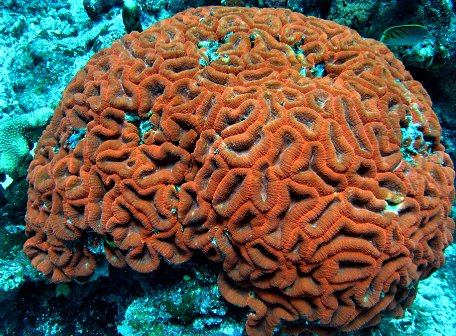One of the implications of the current Mendelian synthesis in molecular genetics is the idea that natural selection operates via selecting on random variations in the gene pool, which themselves are not influenced by the environmental experiences of the reproducing organisms. Changes of a given organism's body due to experience, such as conditioning, trauma, and memory, are usually assumed to only affect the gene pool of the next generation by influencing how many progeny are produced and raised by the prior generation. This is, however, not the whole story.
Epigenetics is the study of how gene expression changes during the growth and development of an organism. For example, the fertilized egg will divide and grow, not just into a clump of egg cells, but a fully differentiated organism containing many different kinds of specialized cells and tissues. Most of these calls contain the same genetic information as the original fertilized ovum, but the DNA has been subtly modified to make specialized groups of RNA and thus proteins.
The biology of epigenetics thus explains how the same DNA information produces different effects in different cells. Can such changes be inherited? Certainly in plants, they can be. It can be shown that sprouting root tissue from a tree often produces a differently shaped plant than sprouting a branch from the same tree. One way that this occurs is via methylation of the cytosine of a DNA region to make it into nonfunctional, mutation-promoting 5-methycytosine. When such changes in DNA--either in its cytosine or its associated histones--are passed to offspring, this has been called genetic imprinting.
In the journal Nature Neuroscience, Brian Dias and Kerry Ressler seem to have found a way that rodents use such genetic imprinting to create a survival advantage: via inheritance of fear of a certain smell. The researches seem to have found that conditioning an olfactory stimulus as adversive makes that stimulus' adversiveness inheritable in the offspring, and that this information is passed via a decreased methylation of the mouse's sperm DNA encoding those particular smell receptors as adversive to the mouse.
A future question is how a signal given to the nose can actually change the methylation of DNA in produced sperm. But we may have here an explanation for the rapid development of innate fear of a predator (including man) in the offspring of animals newly exposed to such.
Will Lamark score a partial comeback in biology? Time will tell.
-------------------------------------
ABSTRACT
Parental olfactory experience influences behavior and neural structure in subsequent generations
Brian G Dias & Kerry J Ressler
Nature Neuroscience 17, 89–96 (2014)
doi:10.1038/nn.3594
Received 21 September 2013 Accepted 01 November 2013 Published online 01 December 2013 Corrected online 09 December 2013
Using olfactory molecular specificity, we examined the inheritance of parental traumatic exposure, a phenomenon that has been frequently observed, but not understood. We subjected F0 mice to odor fear conditioning before conception and found that subsequently conceived F1 and F2 generations had an increased behavioral sensitivity to the F0-conditioned odor, but not to other odors. When an odor (acetophenone) that activates a known odorant receptor (Olfr151) was used to condition F0 mice, the behavioral sensitivity of the F1 and F2 generations to acetophenone was complemented by an enhanced neuroanatomical representation of the Olfr151 pathway. Bisulfite sequencing of sperm DNA from conditioned F0 males and F1 naive offspring revealed CpG hypomethylation in the Olfr151 gene. In addition, in vitro fertilization, F2 inheritance and cross-fostering revealed that these transgenerational effects are inherited via parental gametes. Our findings provide a framework for addressing how environmental information may be inherited transgenerationally at behavioral, neuroanatomical and epigenetic levels.





